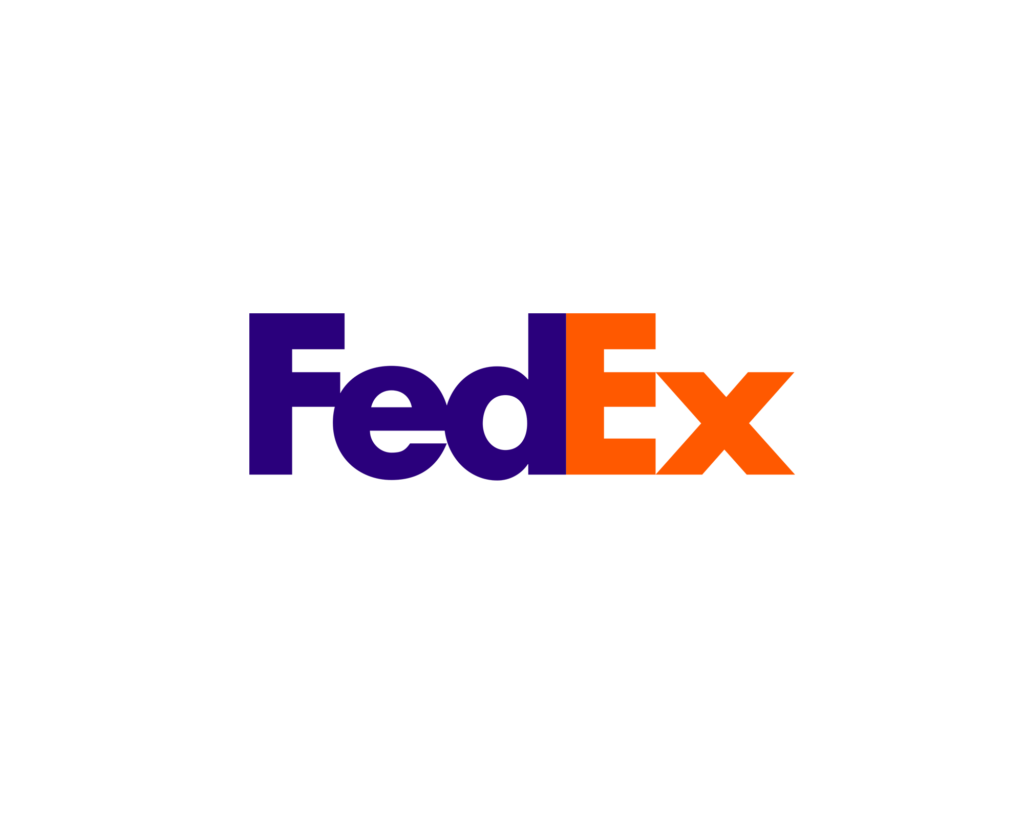Branding
10 Branding Terms Every Leader Should Know
August 15, 2018
15 mins

The term “branding” is thrown around A LOT in the marketing world. If you’re new to marketing, you may mistakenly believe that a brand is a logo, slogan or tagline.
This is not entirely incorrect, but it also doesn’t capture the full scope of the term. Branding is about look and feel, but it is also about content, voice, tone, consistency, placement, positioning, ambassadors, influencers, customers and more.
We know that it can be a bit confusing to wrap your mind around all of it so here we have compiled a short list of branding terms that every business leader should know.
The origins of branding are really quite fascinating and date back to the world’s earliest civilizations. But you didn’t come here today for a history lesson. So here is the quick and easy glossary of terms every business owner and non-profit director needs to know in order to effectively market their business or organizations.
1. Brand/Branding
When we talk about “brand” or “branding” it is helpful to break it down into plain English. A brand is the full measure of a product or service offered by a business or nonprofit organization. Branding is the means by which a business or nonprofit leader creates tangible expressions, experiences, and personal connections between what they offer and the people they want to reach.
Branding encompasses the full scope of touchpoints between products/services and consumers and how those consumers feel as a result of those touchpoints. This mixture of attributes ranges from tangible to intangible and includes everything from trademarks and symbolism to the smell that greets customers who walk through your doors.
Ultimately, in marketing, the brand is the means by which customers are attracted to a product or service. It promises a specific kind of experience and customers who act as a result of your branding efforts expect to have that promised experience fulfilled for themselves. The way you go about branding is mission-critical to your success because this is the very essence of what differentiates your product or service in the increasingly crowded marketplace.
2. Brand Experience
Brand experience hinges on consistency. Working to ensure that from the first touchpoint to loyal customer, every part of the buyer’s journey flows seamlessly through the funnel with exceptional service and attention to detail. Your customers come to you with expectations that your brand has set for them. You have made a promise and the brand experience is the delivery of that promise.
3. Brand Management
Brand management is the oversight and careful engineering of how your product/service will deliver on its promise. This includes managing tangibles such as colors, fonts, and other elements of graphic design, and intangibles that influence the personal and emotional connection your audience makes with your brand.
4. Brand Identity, Voice, and Tone
A brand’s identity has everything to do with the kind of audience you want to reach. Do you want to portray a brand that is couture or bargain-basement blowout? Are you exclusive or inclusive? Are you accessible or elite? These are the types of questions answered when developing a brand identity. It also involved market research to ensure you know what appeals to your target audience. Even the smallest details can make a huge impact on the identity your brand portrays to the public.
Identity can be conveyed in a myriad of interesting and creative ways. The font and color palette, the packaging, the music you play in the store, how you take care of your regulars, all have great impact on your brand identity and personality.
Brand voice and tone are often used interchangeably but are better served by separating them into two separate concepts. Brand voice includes the personality your brand coveys. Think of it in terms of your favorite TV sitcom. Let’s take The Office for example. Each character has its own personality type — almost to a stereotypical fault. Perhaps you have worked for a Michael Scott or been pranked by a Jim Halpert or crushed on a Pam Beasley. These characters each have their own voice but their tone changes from episode to episode. Michael Scott will always be the best boss ever, but in the one when Holly was reassigned to Ithaca his tone was nothing close to his typical jovial-meets-juvenile expressions.
Your brand will have a tone that captures your personality and character type. Your tone will ebb and flow depending on the topic you’re voice is addressing.
5. Brand Architecture
This is how all the brands within a company’s portfolio work together and maintain consistency while maintaining their separate identities and complementing one another. An example of great brand architecture can be found with Williams-Sonoma. Over the years this top home goods brand has acquired big names such as Pottery Barn, West Elm, and Restoration Hardware. Each brand is differentiated by its own identity, voice, and tone, but they complement each other and the customer experience with all these brands is consistent. Another good example of this can be found with the GAP, Old Navy, and Banana Republic family of brands. Each caters to a slightly different socioeconomic audience but the experience is the same.
6. Brand Promise
A brand is a promise delivered.
This one-sentence statement encompasses the largest value proposition that a brand can make to its audience. It should provide clarity surrounding the primary benefit of the brand and organize any of the sub-benefits of that brand.
Consumer expectations about what the brand will deliver. The experience — good or bad — one can expect from a brand. When an organization defines its brand promise, it should be differentiated, relevant, credible and easily reproducible but not “copy-able” by mimic brands.
Great brand promise examples are:
Apple: “Think different.”
BMW: “The Ultimate Driving Machine”
Disney: “Creating happiness through magical experiences.”
Geico: “15 minutes or less can save you 15% or more on car insurance.”
Honda: “The power of dreams.”
REI: “Bringing the outdoors into the retail experience.”
Southwest: “Low fares. Nothing to hide.”
Spotify: “Music for everyone.”
Walmart: “Save money. Live better.”
7. Branding Guide
The branding guide also referred to as a style guide, is all about consistency. This document ensures that all internal and external expressions of your entity are consistent and that your customers consistently experience that consistency (see what we did there).
The branding/style guide will usually include everything from company fonts, rules about logo usage, and other “do this, don’t do that” instructions for communicating on your brand’s behalf.
Here are some examples of brand guides (hint: Some of them are interactive, so click on the link to see them live).
Starbucks
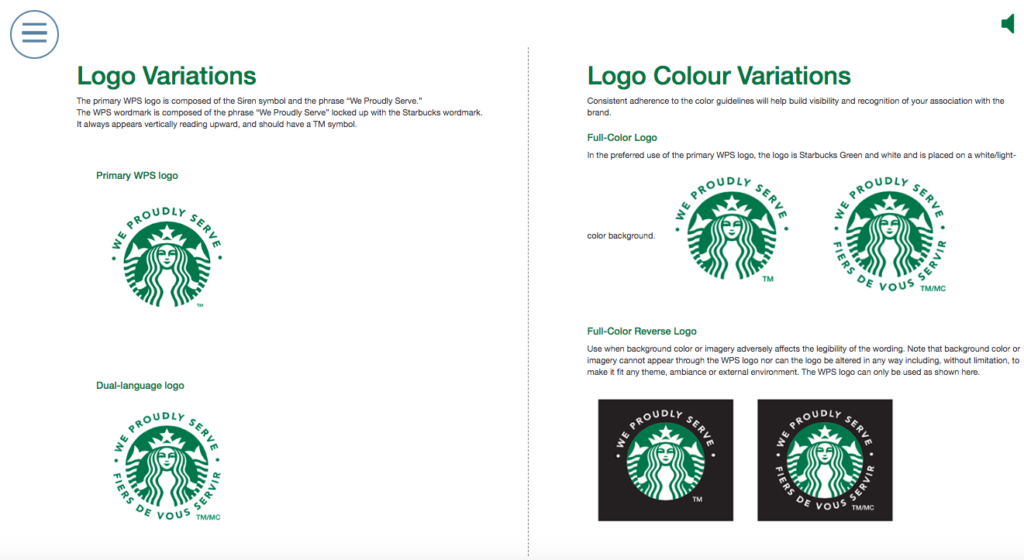
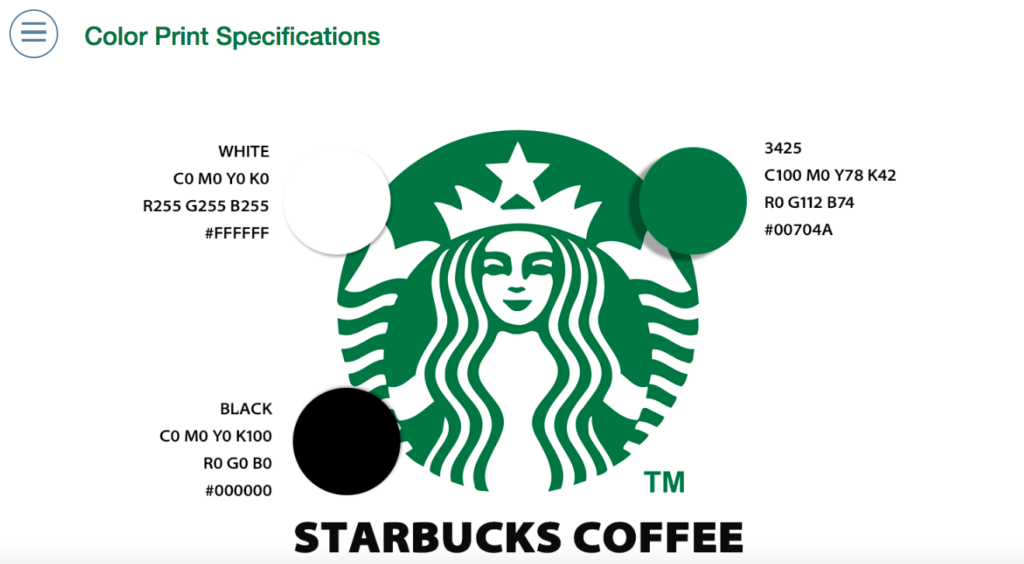
http://zulya442.github.io/starbucks
Uber
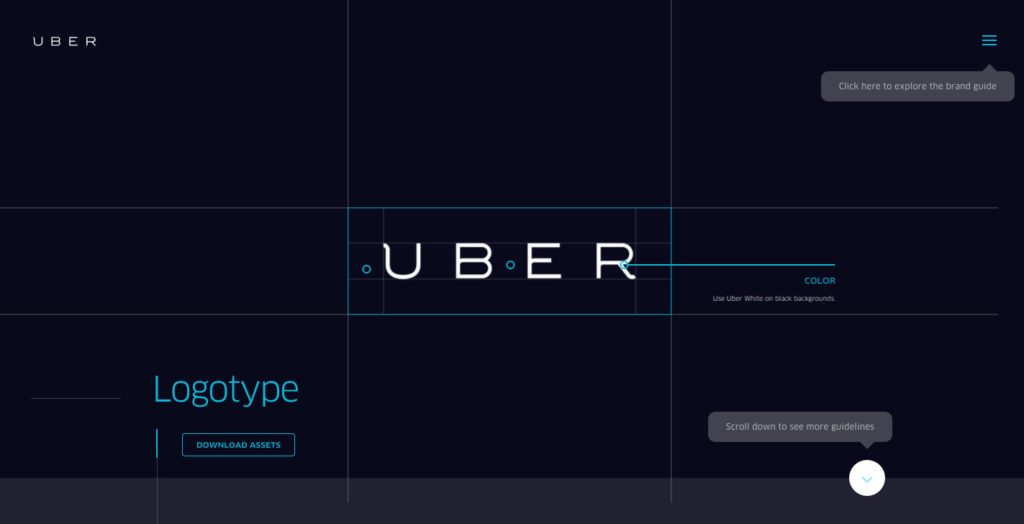
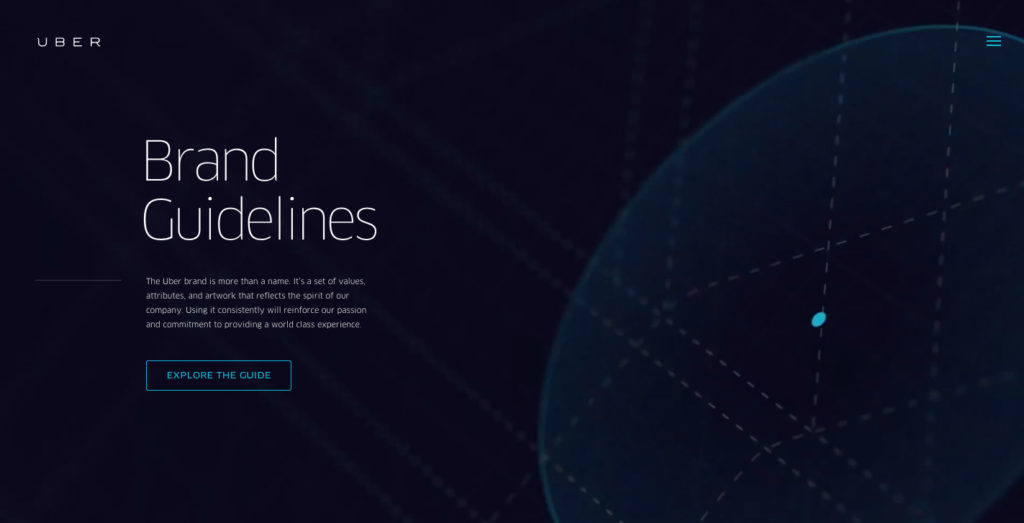
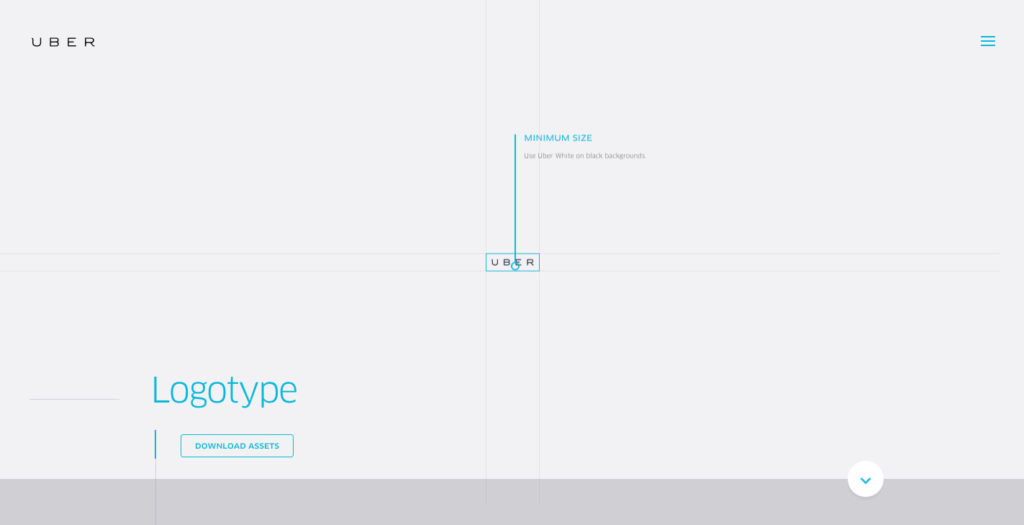
NASA
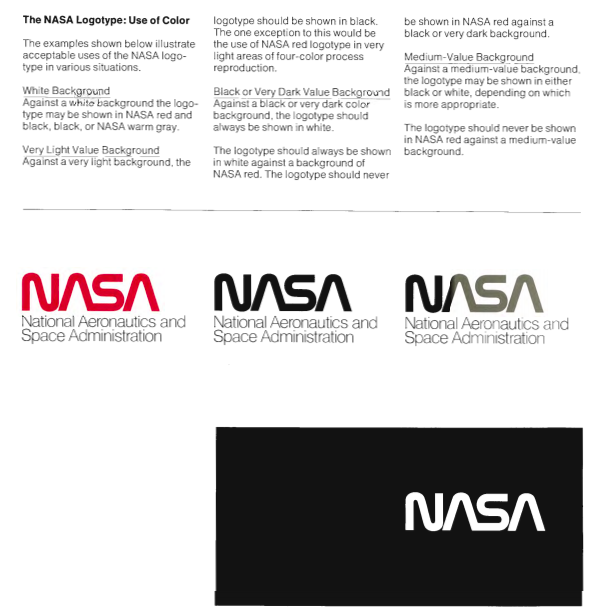
https://www.nasa.gov/image-feature/nasa-graphics-standards-manual
8. Brand Ambassador
Brand Ambassador was a role once limited typically to celebrities —think Bono and the (RED) campaign or Taylor Swift in Keds. But today, thanks to the power of social media, you don’t have to be a celebrity to be an influencer. Some brands engage college students, affiliates, and even their own loyal customers to represent their company in their own networks of influence.
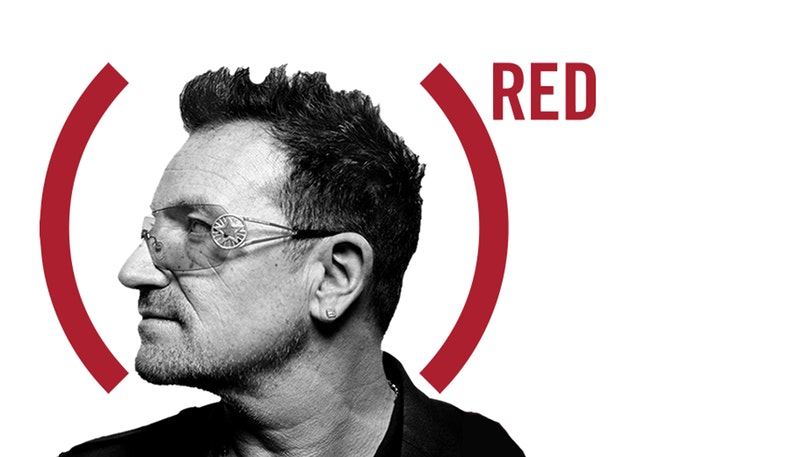


9. Rebranding
Even the most iconic brands must go through the process of rebranding. As society, technology, culture, and access evolve, brands must stay current or risk losing relevance. A strong brand typically only needs a facelift, but other times brands may need a complete repositioning (usually as a result of some sort of crisis and subsequent bad press). Other common motives for rebranding include mergers and acquisitions, changes in service lines, or if the brand grown in such a way that a new visual identity is required.
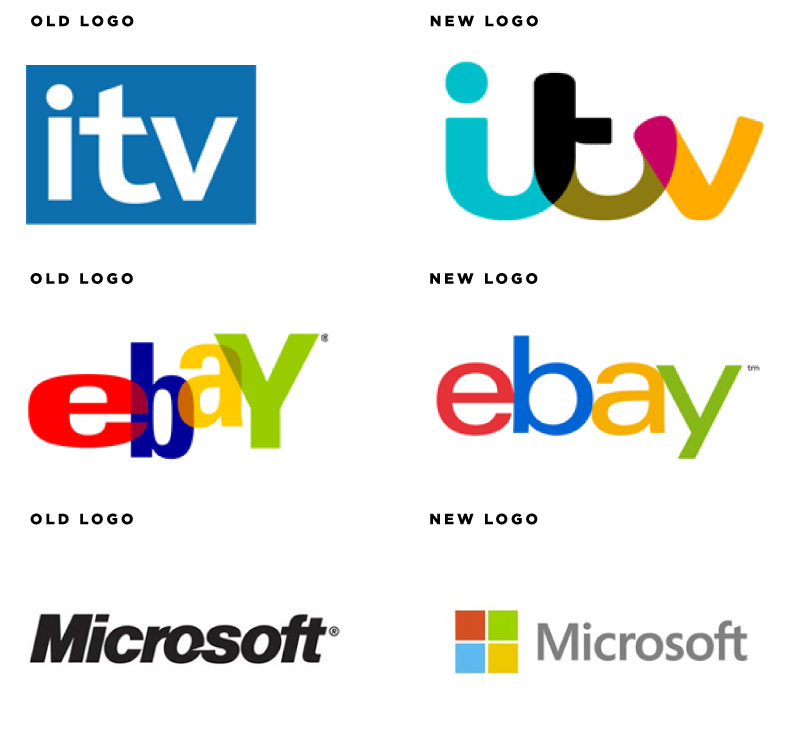

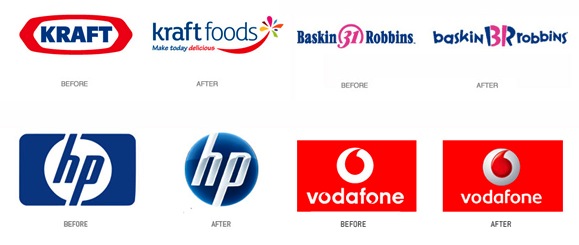
One caveat… your brand includes your logo, but it is not solely your logo. Read our post on this for more info.
10. Logo, Lettermark, and Wordmark
A logo is like a label that includes some sort of representative picture or design along with limited text. It is a design element your brand may leverage to seal the envelope that contains the promise you’re delivering to your potential customers. We have talked about logos on the blog before and have much to say about what makes a strong logo stand out from the weak ones. When you hear the word logo you may immediately think of the more iconic ones like the Nike swoosh or Mac’s bitten apple. But not all logos have graphic marks.
Letter marks and wordmarks don’t depend on a graphic icon for their logo and instead choose only to feature letters (IBM, HBO) or words (Coca-cola, Google). These are called letter marks and wordmarks, respectively.
Lettermark


Wordmark



Logomark or Pictoral mark
Logomarks only work if the brand is so universally recognized in the brand space that it is instantly recognizable. Great examples of this are below.
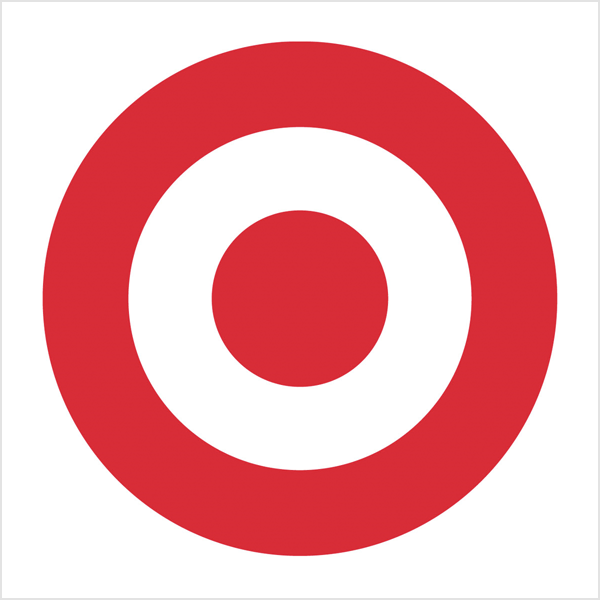


Well, this list is by no means exhaustive but we believe that a solid working understanding of these terms will equip any business owner or organization director to handle their branding duties and lead their teams on to success. If it’s still overwhelming to take in, shoot us an email. We would love to help you access your organization’s branding efforts and work with you to shore up any weaknesses that may exist.

